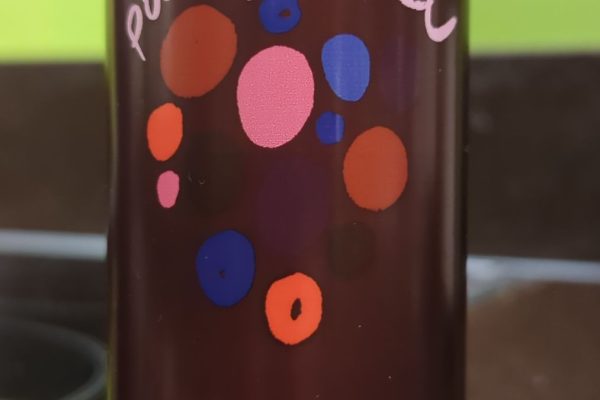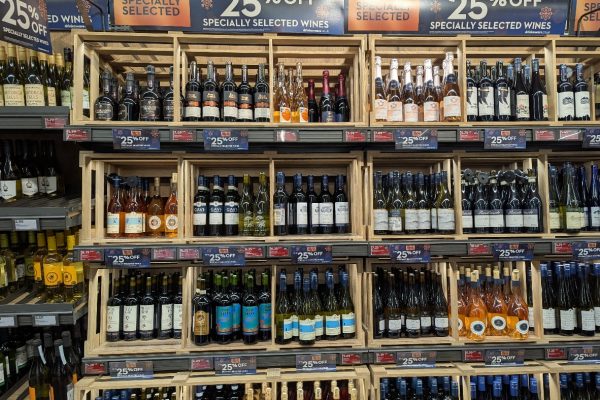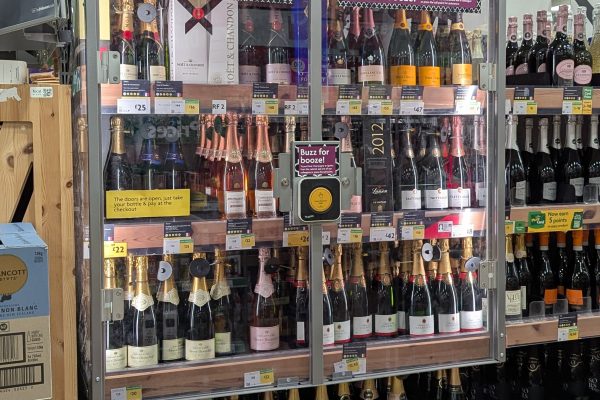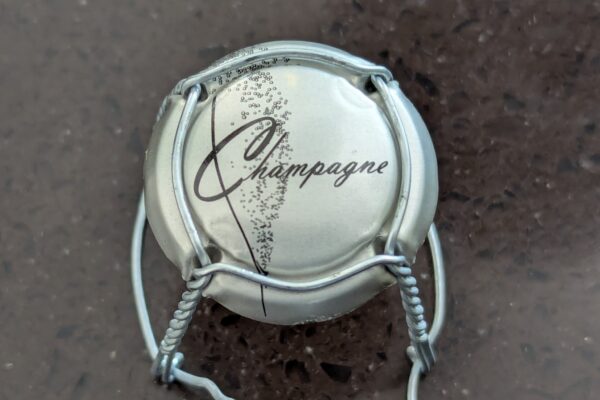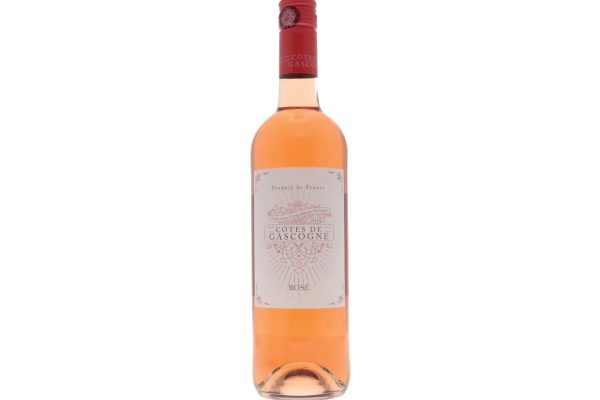
When it comes to the duty on UK wine, one factor aside from price that is increasingly coming into the equation is alcohol level. By reducing alcohol, producers can actually bring the price of wine down to below what it was before the recent duty increases. Speaking to importers at tastings, this is an ongoing discussion and it’s starting to have an impact on the wines themselves. Meanwhile, discounters have already begun making moves in this direction.
They have started with the most obvious candidates, the least expensive that are most affected by the new duty rates. At the Aldi Spring Summer Press Tasting last week, I tried wines from the Estevez range, including a Cabernet Sauvignon and a Merlot. However, it’s worth noting all the red wines I highlighted from the tasting were of a more typical, higher, more than 12.5%, alcohol level.
The changes in alcohol levels in the Estevez range are quite noticeable. The Merlot, previously 13% ABV and priced at £4.29, has been reduced to 11% ABV and now costs £4.15. The Cabernet Sauvignon has gone from 13% ABV at £4.29 to 11% ABV at £4.19.
So, how is the alcohol level reduced? There are several methods. Picking grapes earlier results in lower sugar levels but also leads to unripe fruit and potentially ‘unripe’ tasting wine. Another approach is removing leaves to slow ripening. Some producers add water, though this can dilute flavours. More advanced techniques include dealcoholisation through reverse osmosis, vacuum distillation or spinning cone technology.
Does this affect the taste of wine? In the case of the Aldi Estevez range, not significantly, as these wines are at the very low end of the market. While they don’t have wine faults and are drinkable, they never had much character or complexity. They weren’t something I chose to highlight before the alcohol reduction and that remains the case now. Meanwhile, the many people who regularly like and purchase these wines will probably welcome the price reduction.
This makes me wonder whether the wines most likely to undergo alcohol reduction will be the less expensive ones, where there is a strong incentive to keep costs low and where the change won’t significantly affect the taste anyway.




